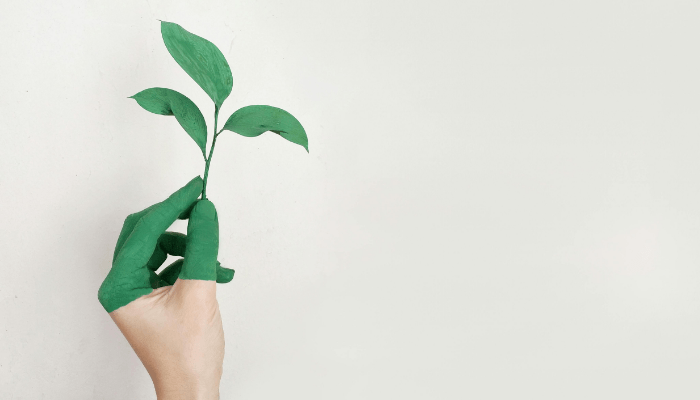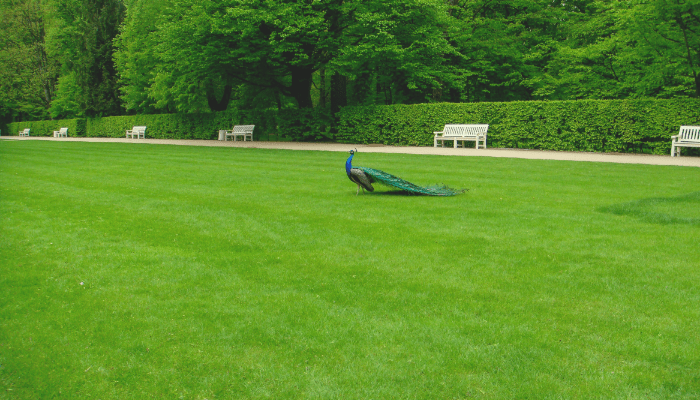Key Takeaways
Sustainability means meeting today’s needs without destroying the ability of future generations to meet theirs, balancing environmental health, social equity, and economic viability.
We’re consuming resources far faster than Earth can regenerate, so we need systems that don’t just reduce harm but actively restore and regenerate.
Projects like Oásis Biosistema prove sustainability can be tangible and profitable integrating smart water use, renewable energy, regenerative food systems, and human‑centered design.
Businesses that embrace sustainability cut risks, lower costs, and build trust with customers who demand transparency and long‑term value.
Leaders in every field should shift from short‑term extraction to long‑term regeneration, asking how each decision impacts people and resources decades from now.
Sustainability isn’t a trend. It’s a strategy for resilience, innovation, and a future that actually works.
We do not inherit the earth from our ancestors, we borrow it from our children. That line hits different when you’re staring at melting glaciers on a Tuesday afternoon.
Sustainability isn’t just about reusable coffee cups or paper straws, it’s about building systems that don’t fall apart five years down the line. Right now, we’re consuming about 1.75 Earths’ worth of resources every year. The problem? We only have one.
The good news? Innovative models like Oásis Biosistema are showing us that sustainability doesn’t have to be a vague buzzword thrown around at conferences. It can be tangible. Beautiful. Profitable.
This isn’t your average “go green” article. We’re diving deep into what sustainability really means, why your business (and your sanity) depend on it, and how projects like Oásis Biosistema are setting the standard, not just for surviving, but thriving on a changing planet.
Let’s get into it. We’ve got some systems to rethink.
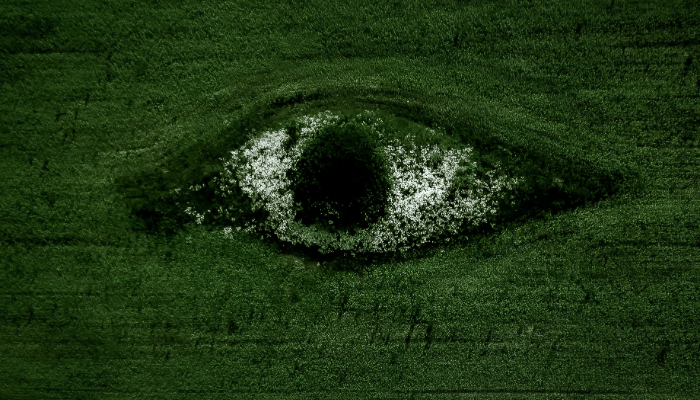
What is Sustainability, Really?
Forget what the buzzword bingo boards say: sustainability isn’t just about “being eco-friendly” or slapping a green label on a product and calling it a day. It’s deeper than that.
At its core, sustainability means meeting our needs without wrecking the chances for future generations to meet theirs. Simple idea. Complicated execution.
The University of California, UCLA, defines it like this: “resources are finite, and we need to preserve them for future generations.” Hard stop. Meanwhile, the United Nations reminds us that it’s not just about the environment. Social justice, economic equity, and ecological balance? They’re all tangled up in this thing.
You’ll find similar threads across places like Wikipedia, Investopedia, and even IBM, which brings the business lens to the table, because, yes, profit and sustainability can coexist if you’re not running your operations like it’s 1995.
So what does this look like in real life? Not living off-grid in a yurt. It’s about systems thinking. Seeing the big picture. Understanding that environmental health, social equity, and economic viability all sit at the same table. And they’re not always polite to each other.
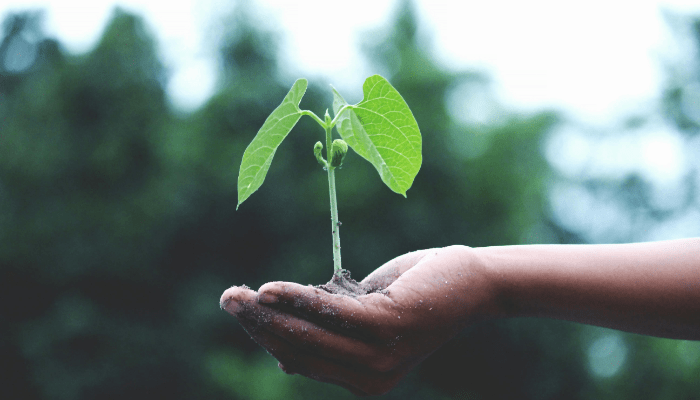
Why We Need Sustainable Innovation (Like, Yesterday)
Here’s the deal: Earth isn’t going anywhere. But the conditions that make it hospitable for humans? Yeah… those are on a timer.
We’re burning through natural resources at breakneck speed. Forests are vanishing. Oceans are heating up like soup. Supply chains are straining like they skipped leg day.
And yet, most solutions we see are band-aids on bullet wounds. Swap your plastic straws. Recycle your Amazon boxes. Cool. But that’s not going to stop floods in Jakarta or food shortages in the Sahel.
What do we actually need? Innovation that doesn’t just reduce harm, but reverses it. Solutions that regenerate, not just sustain.
That means:
- Buildings that produce more energy than they use.
- Communities that treat waste as a resource.
- Food systems that heal the soil instead of sterilizing it.
- Businesses that create long-term value, not just quarterly profit spikes.
It’s not sci-fi. It’s happening. Slowly, sure. But the momentum is real. And necessary.
Because if we keep designing systems that only work under perfect conditions? We’re going to keep breaking them. And ourselves.
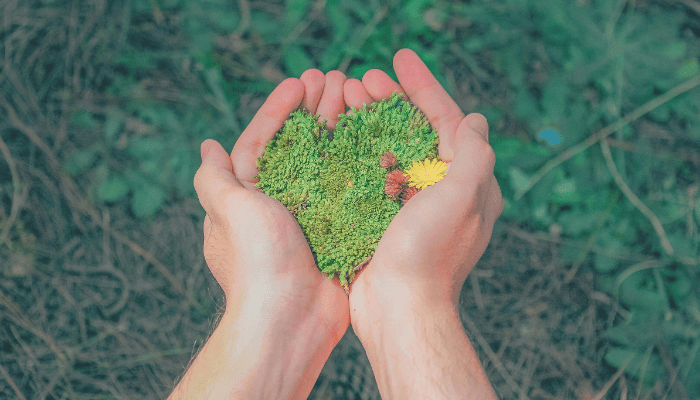
Oásis Biosistema: More Than Just a Pretty Concept
Okay, so imagine this: a place built from the ground up with sustainability baked into every inch. Where nature isn’t a decorative afterthought, it’s the foundation.
That’s the idea behind Oásis Biosistema. It’s not a case study, it’s a mindset shift.
We’re talking:
- Smart water cycles that don’t waste a drop.
- Renewable energy sources powering entire micro-communities.
- Buildings designed to breathe with the environment, not bulldoze through it.
- Local food systems that feed people and rebuild soil health.
This isn’t your average greenwashing campaign. This is systems-level design with actual feedback loops. Things that heal themselves when something goes wrong. Like a forest. Or your immune system.
And most importantly: it works with people, not against them. The tech is integrated, sure, but so is the human stuff. Culture. Community. Connection.
Because let’s be honest, no one wants to live in a sustainable future that feels like a sterile spreadsheet.
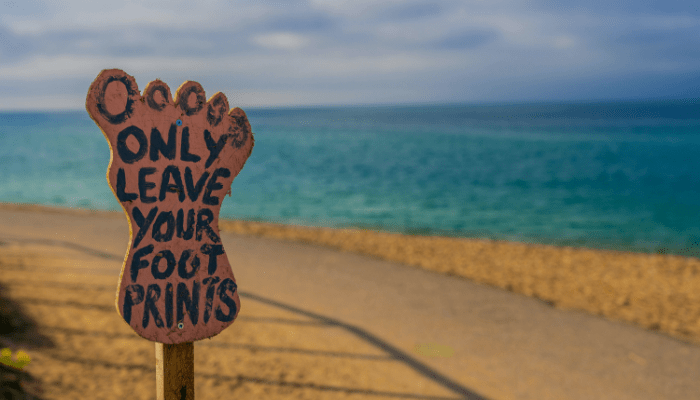
Sustainability That Speaks the Language of Profit (and People)
Let’s address the elephant in the boardroom: money.
A lot of businesses still treat sustainability like a line item. A cost center. A checkbox on a CSR report. That mindset? Expired.
The reality is this: sustainable practices often reduce risk, cut costs, and unlock innovation.
A few sharp moves you can make today:
- Switch to cloud-based systems that reduce energy use and boost efficiency.
- Audit your supply chain. Are your partners dragging you into outdated practices? Fix that.
- Look for circular design opportunities, how can your waste become someone else’s resource?
Also: your customers care. Especially younger ones. They’re not buying the “green” label unless you can back it up with receipts. Transparency sells. Authenticity sells faster.
Sustainability is no longer the “nice to have”—it’s the business model that actually lasts.
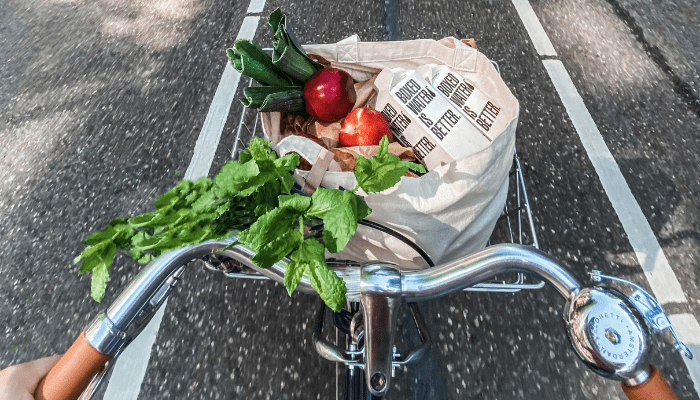
Lessons for Leaders: Build for the Long Haul
This isn’t just for startups with compost toilets. If you’re leading a team, running a company, designing a building, or planning a city, this is your lane.
Ask better questions.
- What happens to this product after it’s used?
- Where are we pulling our resources from?
- Who is affected by this decision ten years from now?
Shift from extraction to regeneration. From siloed thinking to systems thinking. From short-term ROI to long-term resilience.
And you don’t have to overhaul everything overnight. Start where you are. But start with intention.
Because when you build something that actually supports life, not just survives it, you’re not just being sustainable. You’re being smart. And just maybe, a little bit legendary.
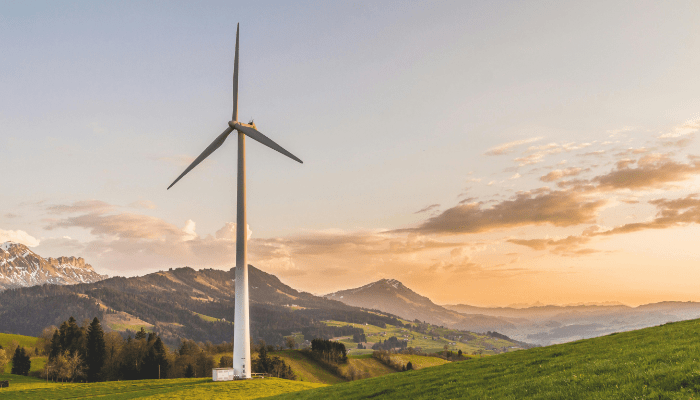
Conclusion
Sustainability isn’t a trend. It’s a survival strategy, with a design plan.
Oasis Biosistema shows us what it looks like when sustainability moves from concept to community. From idea to infrastructure. It proves that regenerative living isn’t just for idealists or billionaires with Mars escape plans. It’s doable, replicable, and surprisingly… practical.
So, what can you do with this? Three things, starting today.
- Audit your energy, waste, and water use. Even at home or in your office. Track it.
- Stop optimizing for short-term gains. Think: how will this decision age in five years?
- Find or support projects like Oasis, local or global, that are experimenting with better blueprints.
You don’t have to overhaul your life or build a bamboo dome in the woods. But you do have to care. Because the future isn’t going to wait for us to get it together. And the good news? We’re already building it.
Time to join in.
FAQ
What is the definition of sustainability?
Sustainability is the practice of meeting current needs without compromising the ability of future generations to meet theirs.
What are the 3 main principles of sustainability?
The three main principles of sustainability are environmental protection, social equity, and economic viability.
What are the 4 types of sustainability?
The four types of sustainability are environmental, social, economic, and cultural sustainability.
What is sustainability in one word?
Balance.

